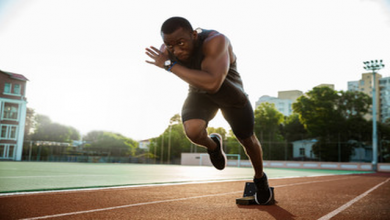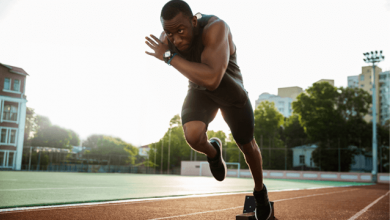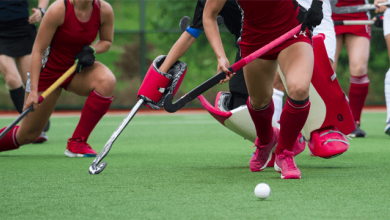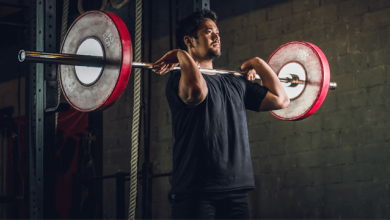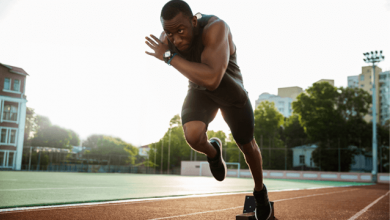Search results
Author(s):
Uchenna Ozo
,
Sanjay Sharma
Added:
3 years ago
Athletes may occasionally succumb to sudden cardiac arrest because of a quiescent cardiac abnormality. These catastrophes are rare, affecting between 1 in 17,000 to 1 in 50,000 athletes, depending on the sporting discipline.1,2 Most deaths affect male athletes participating in explosive sports of a start–stop nature, such as basketball and soccer, and occur during or immediately after exercise.1…
View more
Author(s):
Daniel X Augustine
,
Tracey Keteepe-Arachi
,
Aneil Malhotra
Added:
3 years ago
Sudden Cardiac Death in Athletes
Author(s):
Andrew D’Silva
,
Michael Papadakis
Added:
3 years ago
Article
Author(s):
Luokai Wang
,
Tee Joo Yeo
,
Benedict Tan
,
et al
Added:
2 years ago
Stephen Black
Job title: University of Witwatersrand Johannesburg, South Africa, Consultant Vascular Surgeon Professor of Venous Surgery
Author
Author(s):
Christos-Konstantinos Antoniou
,
Polychronis Dilaveris
,
Panagiota Manolakou
,
et al
Added:
3 years ago
Ventricular repolarization, as opposed to depolarization, is not a triggered phenomenon following an orderly sequence, hence the dissimilarity between their inscribed electrocardiographic waves; rather, ventricular myocytes repolarize at a time and rate determined by their intrinsic electrophysiological properties (relative concentration of ion channel types and isoforms), as well as by the…
View more
Author(s):
Aneil Malhotra
,
Sanjay Sharma
Added:
3 years ago
Athletes who perform regular and intensive exercise regimes develop a variety of electrical and structural cardiac adaptations that manifest functionally to improve stroke volume and performance. Up to one-fifth of young athletes (aged between 14–35 years) reveal greater left ventricular (LV) wall thickness compared to sedentary controls, though the majority fall under 12 mm.1,2 A small…
View more
John Rawlins
Job title: Consultant Interventional Cardiologist
Author
Author(s):
Stefan Möhlenkamp
,
Raimund Erbel
,
Gerd Heusch
Added:
3 years ago
Low to moderate amounts of regular physical activity reduce cardiovascular (CV) risk factor burden, improve morbidity of CV and other chronic diseases and reduce CV mortality.1–6 Aerobic endurance activities such as walking, jogging and running are popular and advocated ways to improve and maintain health across all age groups. Marathon running is an extreme form of such endurance exercise and…
View more








